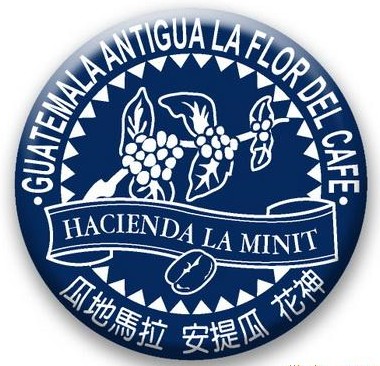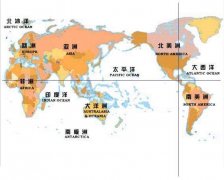The origin of coffee beans Antigua coffee in Guatemala
Coffee was really introduced into Guatemala in 1750 by Father Jesuit, where the coffee industry was developed by German colonists at the end of the 19th century. Today, most of the coffee industry's production takes place in the south of the country. Guatemala has seven main coffee producing areas: Antigua (Antigua), Cobain (Coban), Lake Attilan (Atitlan), Vevetnango (Huehuetenango), Farahan Plateau (Fraijanes), Oriente (Oliente) and San Marco (San Mareos). Each region has its own climate change, so the coffee beans in each region have their own characteristics, but to sum up, Guatemalan coffee has a mild and mellow overall texture and elegant aroma. With similar hot and pleasant acidity such as fruit acid, Guatemala has become an aristocrat in coffee. Coffee has won a lot of praise for Guatemala, especially Antigua coffee, which has a perfectly coordinated sour, sweet and mellow texture, coupled with a hint of smoke and a sense of mystery, and you will have a reason to stop looking for alternatives after tasting it. Antigua coffee is also known as "cigarette coffee" because of its unique charcoal incense.
Guatemala Antigua Flower Coffee

Antigua's "Antigua Flower God" is the best of Antigua coffee, which belongs to the famous beans of the well-known La Minita group. Produced by Las Pastores Beneficio, a well-known processing plant in Antigua.
Antigua Flower God comes from the high altitude in the center of the volcanic area of Antigua. Costa Rica's famous Raminita estate provides the industry's highest standard of planting and processing technology, and directly sends special personnel to Antigua to participate in quality control, and entrusts Antigua's largest Bastol washing treatment plant (Pastores mill) with the highest standard of post-harvest treatment, under the supervision of raw bean handling and cup testing control by Raminita quality control personnel. A strict procedure has been established, from purchasing coffee berries to washing, drying and drying, so it is not surprising that this coffee has an outstanding performance.
"Flower God" as its name, beans have a beautiful appearance, after brewing, there are fine flowers and fruit sweet, taste can feel cocoa bitter and caramel sweet, light smoky taste, red wine finish is obvious, the overall taste is clean and bright.
At present, some of the best quality coffee from Guatemala is exported to Japan, where each cup of coffee sells for $3 to $4. Moreover, Guatemala has specially set up a special coffee association and gives the greatest funding and attention to these high-quality Russian coffee. These efforts soon bear fruit. From October 2006 to May 2007, Guatemala's coffee exports accounted for 3.5% of the world's total coffee exports, making it the fifth largest coffee exporter in the world. The real beneficiaries of the development of the coffee industry in Guatemala are not only local coffee growers, but also coffee lovers all over the world.
Important Notice :
前街咖啡 FrontStreet Coffee has moved to new addredd:
FrontStreet Coffee Address: 315,Donghua East Road,GuangZhou
Tel:020 38364473
- Prev

Coffee manor beans Raminita boutique manor coffee beans
In retrospect, I also had a vague impression of La Minita, a Costa Rican manor. It was not until I really came into contact with their beans that I was surprised by this world-class coffee farm with high standards and extraordinary abilities. Just like the description of La Minita on Osher's website: it can be said that discussing the boutique coffee estate is just one.
- Next

Coffee. Guatemala Antigua coffee with tobacco flavor.
Flavor and taste characteristics: full-bodied, rich taste, with tobacco flavor. Antigua coffee from Guatemala must be on the menu of some upscale cafes. People who like it always keep in mind its special smoke smell. Coffee has created prosperity for Guatemala. To this day, coffee still affects the Guatemalan economy. Antioch
Related
- Beginners will see the "Coffee pull flower" guide!
- What is the difference between ice blog purified milk and ordinary milk coffee?
- Why is the Philippines the largest producer of crops in Liberia?
- For coffee extraction, should the fine powder be retained?
- How does extracted espresso fill pressed powder? How much strength does it take to press the powder?
- How to make jasmine cold extract coffee? Is the jasmine + latte good?
- Will this little toy really make the coffee taste better? How does Lily Drip affect coffee extraction?
- Will the action of slapping the filter cup also affect coffee extraction?
- What's the difference between powder-to-water ratio and powder-to-liquid ratio?
- What is the Ethiopian local species? What does it have to do with Heirloom native species?

